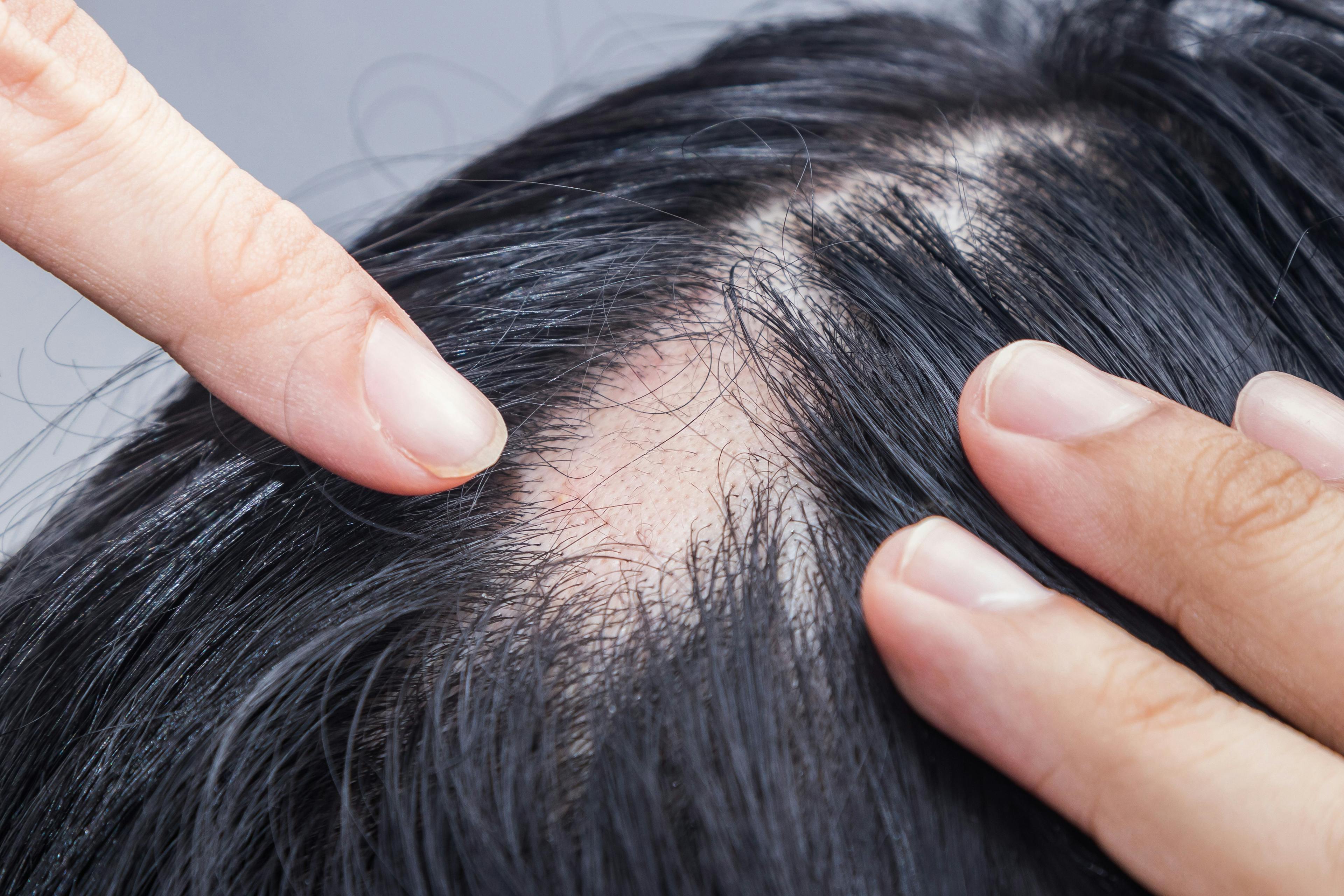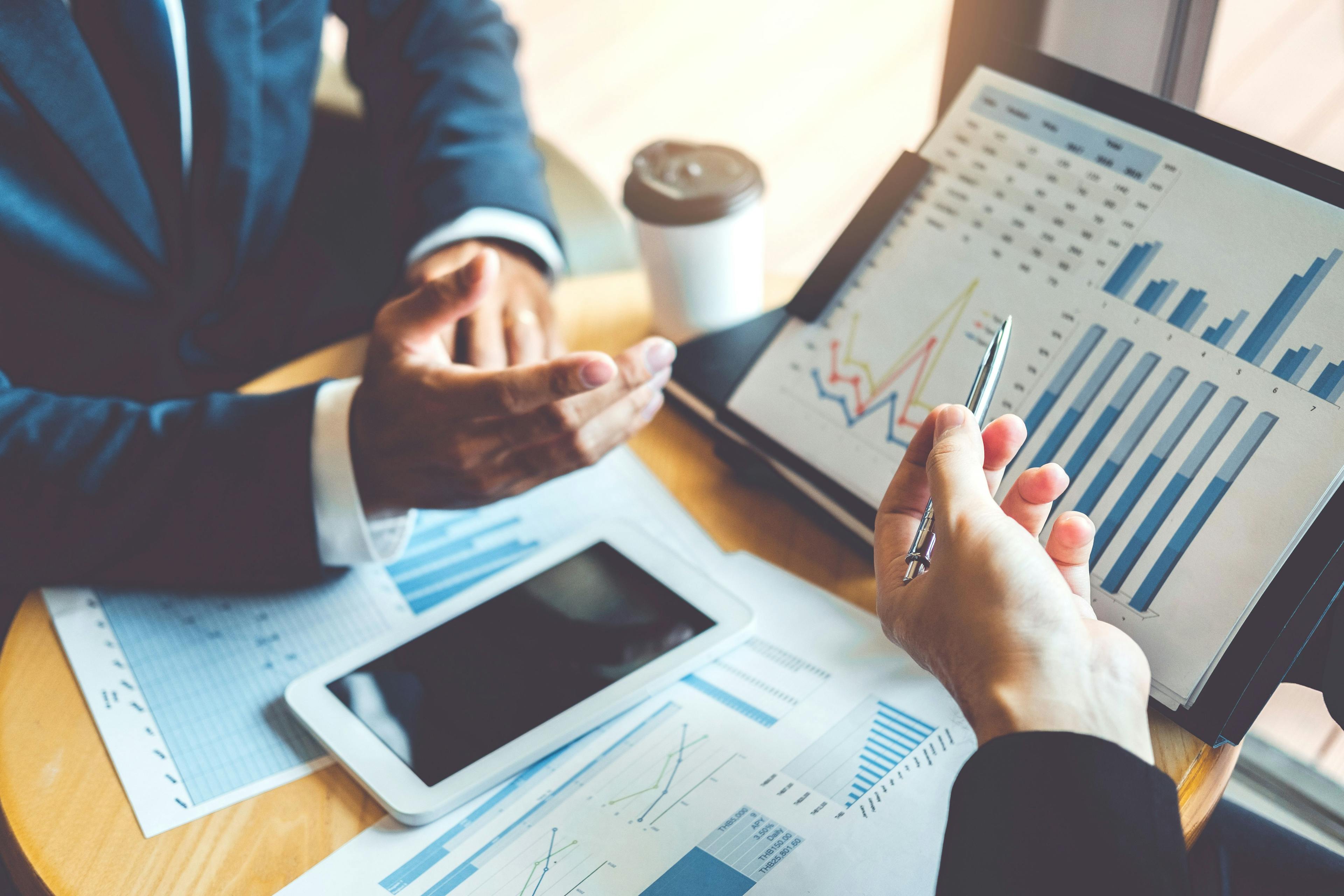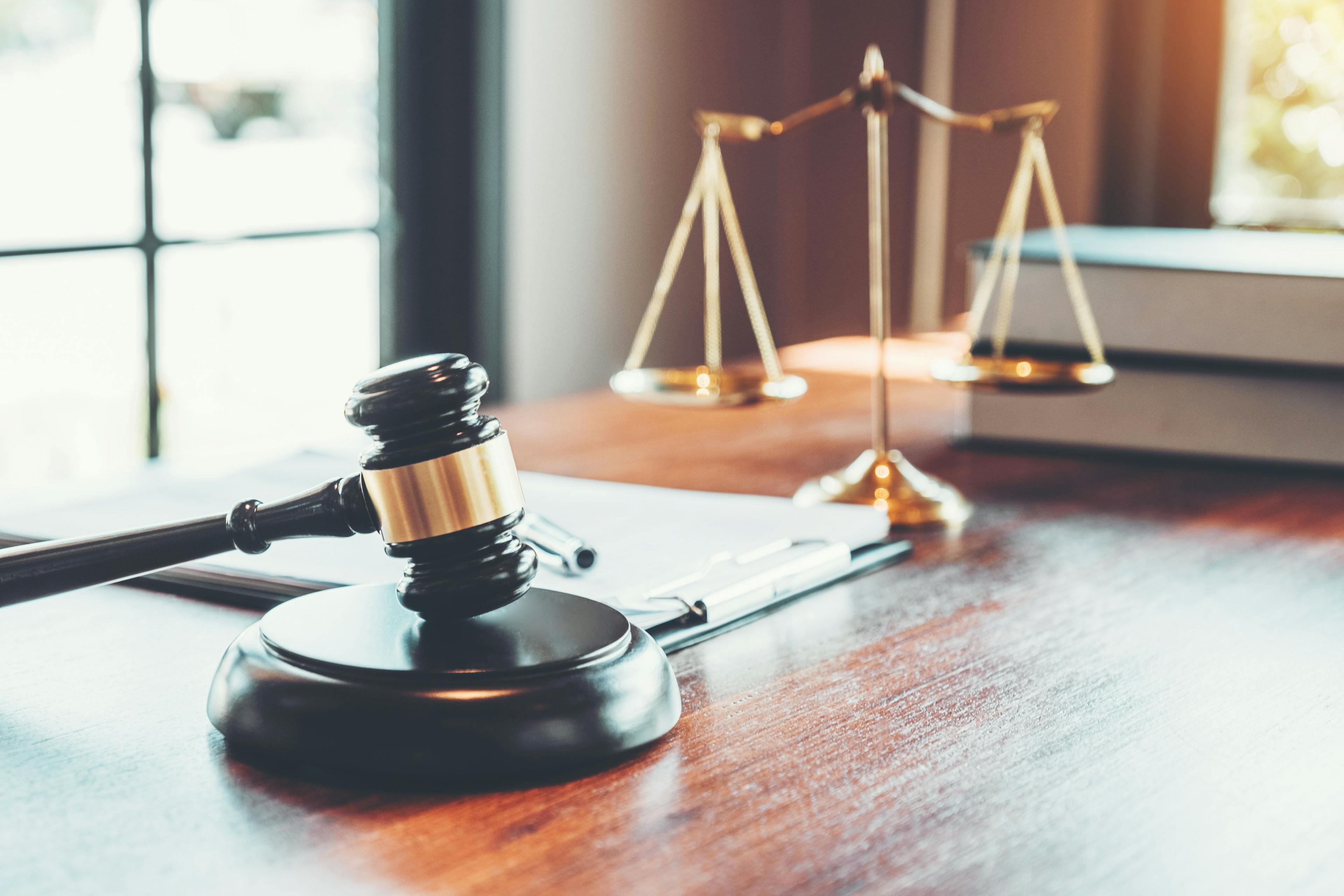- Acne
- Actinic Keratosis
- Aesthetics
- Alopecia
- Atopic Dermatitis
- Buy-and-Bill
- COVID-19
- Case-Based Roundtable
- Chronic Hand Eczema
- Drug Watch
- Eczema
- General Dermatology
- Hidradenitis Suppurativa
- Melasma
- NP and PA
- Pediatric Dermatology
- Pigmentary Disorders
- Practice Management
- Precision Medicine and Biologics
- Prurigo Nodularis
- Psoriasis
- Psoriatic Arthritis
- Rare Disease
- Rosacea
- Skin Cancer
- Vitiligo
- Wound Care
Publication
Article
Dermatology Times
What’s New in Skin Cancer
Author(s):
Darrell S. Rigel shares current updates in skin cancer treatments and incidences across the US at Winter Clinical Hawaii.
In his session, “What’s New and Hot in Skin Cancer” at Winter Clinical Hawaii, Darrell S. Rigel, MD, MS, clinical professor of dermatology at Mount Sinai Icahn School of Medicine in New York, New York, shared statistics of various forms of skin cancers across the United States, as well as prevention and treatment options. Rigel started his presentation by discussing the importance of photoprotection and how dermatologists are beginning to look at the visible light band.
“You’re going to start to see sunscreens and other products that protect beyond UV. And why is that important? It turns out that visible light has impacted individuals with higher Fitzpatrick skin types,” said Rigel.
Some sun protection products are now including more antioxidants, which tend to lower the incidence of effects related to visible light.
According to study data shared by Rigel, tinted sunscreens containing a blend of iron oxides and pigmentary titanium dioxide have been shown to reduce visible light transmission by over 90%. Tinted products with iron oxides provide better protection against visible light-induced pigmentation in patients with Fitzpatrick skin types IV-VI. Iron oxides can be black, red, or yellow, and can also be mixed to match a wide range of skin tones. The use of antioxidant combinations in topical products also demonstrates the reduction of visible light-induced effects by decreasing reactive oxygen species.
Patients with lower Fitzpatrick skin types need greater protection against UVB-induced effects. Patients with higher Fitzpatrick skin types require formulations that protect in the UVA1-visible spectrum to prevent hyperpigmentation. Factors such as the need for specific skin care properties may influence patients’ sunscreen selections.
Regarding updates on non-melanoma skin cancer, Rigel mentioned tirbanibulin ointment, a synthetic, antiproliferative agent that binds tubulin, inhibits tubulin polymerization and disrupts SRC signaling in actively dividing cells, for the treatment of actinic keratosis. In a clinical trial of tirbanibulin, 44%-54% of patients achieved complete clearance. The most common local reactions were erythema (91%) and flaking/scaling (82%).
Rigel noted that rates of squamous cell carcinoma have been rapidly increasing in the southern United States.
To end his session, Rigel mentioned a few final concluding points regarding skin cancer in the US:
- Watchful waiting could be an appropriate approach in patients with basal cell carcinoma with a limited life expectancy and asymptomatic nodular or superficial basal cell carcinoma
- Measuring and reporting tumor thickness may be a more practical way to determine the pathological risk for basal cell carcinoma
- Positive treatment response was observed when using sonidegib as an effective treatment option for patients with complex basal cell carcinoma
- Cemiplimab is recommended as a first-line systemic alternative for basal cell carcinoma, as this therapy is associated with a risk of organ graft rejection
- Neoadjuvant therapy with cemiplimab was associated with a pathological complete response in a high percentage of patients with resectable cutaneous squamous cell carcinoma
Reference
- Rigel D. What’s new and hot in skin cancer. Presented at the 2023 Winter Clinical Hawaii Dermatology Conference; January 13-18, 2023; Kohala Coast, Hawaii.

Newsletter
Like what you’re reading? Subscribe to Dermatology Times for weekly updates on therapies, innovations, and real-world practice tips.




























